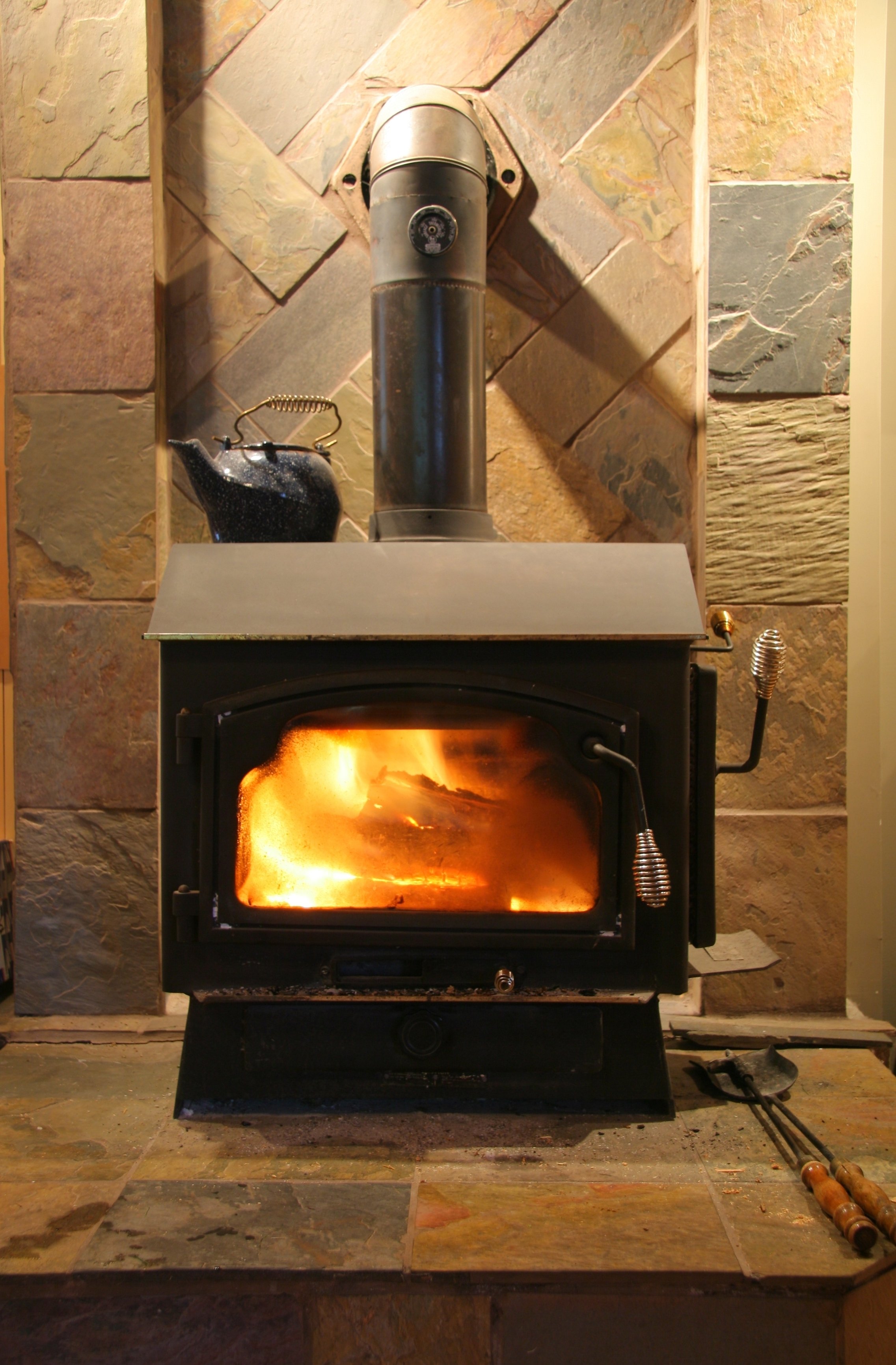What is the Right Wood For You?
Glenn & Buster’s Guide To…
Fireplace
A fireplace is like an open vessel that burns freely without any air restriction while it heats the hearth. When using a fireplace most people will use heavier denser hardwoods such as Oak Eucalyptus Almond Madrone, etc. Things to remember is that a large portion of the heat created in a fireplace goes up the chimney. A fireplace uses air from inside your house as it burns firewood.
Woodstoves
Many people use a Woodstove in different ways. Some start their Woodstove and allow it to burn continuously throughout the fall and winter months. Others only their Woodstove during the evening when they come home. We call this the 4 hour fire when the Woodstove is started when the Customer comes home from work. The purpose is to enjoy a fire while taking the chill off the house filling the stove enough to keep your home comfortably warm through the night. We recommend either a mix of hardwoods for this use.
For those who continuously keep a fire going a single hardwood such as oak will burn at a slow rate allowing moderate consistent heat throughout the Woodstove use. These users will let the fire burn low and clean up the ashes between banking (adding) firewood for its next burn.
Keeping a consistent fire oftentimes will keep the home at a consistent temperature keeping the inside of the house warm. When you allow the fire to extinguish or burn below the outside temperature your house can cool down. At that point you will have to have your Woodstove work harder to get it to catch up on heat and reestablish your comfortable baseline temperature.
The key here is to always burn hot and clean. In any case you will always want to occasionally open up the air control on your stove to allow the chimney to warm up and clear out the chimney. It’s a good idea to follow safe burning standards by using hardwoods that are at least 20% moisture as recognized by most air quality control agencies. Customers should also consult with their local air quality agencies to follow safe burning standards.
It’s a good idea to follow your Woodstove owners manual as your primary guide to safe burning and good common sense.
Pellet Stove
A pellet stove is a precision machine designed to accurately meter Pellet fuel into its burning chamber as it heats your home. Always use a reputable brand of Premium 100% Douglas Fir Woodstove pellets certified by the Pellet Fuel Industry (PFI). This will minimize hassles that can come with owning a pellet stove. Daily cleaning of your unit will ensure good use and enjoyment. Always store your wood pellets in a clean dry cool place. Pellets need to be kept dry as a means to ensure that they will keep their integrity and burn properly.
Camping
We have 2 selections:
BBQ campfire wood:
mixture of all the pieces of wood created in the yard. Hardwood oak almond walnut madrone eucalyptus bay, hardwoods. Pine fir and cypress softwood. Odd shaped and sized
Glamping wood:
Traditionally cut and split 16” firewood. Mix hardwoods and mixed softwoods. Glamping wood based on regular daily market prices.
Bbq chunk wood approximately 1/2 of Glamping wood price (subject to change)
Smoking/BBQ
All Seasons carries a variety of different specialty hardwoods that are used in smoking and cooking food. Typical species that we have are Oak, Hickory, Pecan, Mesquite, Cherry, Apple and Almond.
When choosing a specialty hardwood several factors go into the choice. Please consult our staff and we can help share with you our knowledge to help maximize your enjoyment while using smoking wood.
Pizza Oven
A part of living in Wine Country is cooking in a pizza oven as we enjoy pairing wine with delicious food. The key thing to remember in a pizza oven is several things. Many people use Re-split firewood as a means to cook. Different hardwoods are prepared and split small as to minimize temperature differences when adding fuel to your fire. Two different types of heats are recognized when cooking in a pizza oven. Flame heat toasts the dough bubbles cooks or broils the toppings while cooking the center of the pie, desiccating some of the moisture leading to an evenly cooked pizza. Infrared heat is noticed when burning heavier hardwoods such as Oak which produces a heat that we can feel but not see, and it tends to be a more observant heat which heats the Pizza Oven walls and floor while being responsible for cooking below the pizza making a nice crunchy crust.
When it comes to Pizza Oven cooking most people follow the general rules above however they may also develop their own routine for cooking outside of the description.









